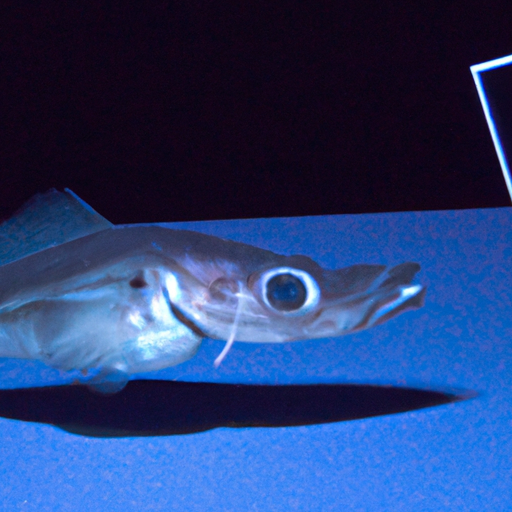Record-breaking footage captures deepest fish ever found on seabed near Japan

Our awesome company provides complete software development activities utilizing nearshore and offshore resources. We specialize in mobile app development, technology maintenance, web server development, and many other technology development activities.
In a groundbreaking expedition, scientists from the University of Western Australia and Tokyo University of Marine Science and Technology filmed the deepest fish ever recorded in the northern Pacific Ocean. Cruising at a depth of over 27,000 feet, a young snailfish was captured on film by sea robots in deep trenches off Japan. This remarkable footage showcases the incredible depths these fish can reach.
During the expedition, the scientists also physically caught two other specimens at depths of over 26,000 feet, setting a new record for the deepest catch. Prior to this, the deepest snailfish ever spotted was at a depth of 25,365 feet in 2008. Scientists had never been able to collect fish from anywhere below 26,200 feet.
Marine biologist Alan Jamieson, founder of the Minderoo-UWA Deep Sea Research Centre, led the expedition and emphasized the significance of the discovery. Studying the behavior of deep sea fish provides valuable insights into the ocean ecosystem.
This expedition is part of a 10-year study into the deepest fish populations in the world, focusing on the trenches off Japan. Snailfish, members of the Liparidae family, are known for their ability to survive at extreme depths. Most snailfish live in shallow water, but some have adapted to the harsh conditions at the greatest depths ever recorded.
The expedition utilized three “landers” – automatic sea robots fitted with high-resolution cameras. These robots were dropped into three trenches – the Japan, Izu-Ogasawara, and Ryukyu trenches – at varying depths. The footage captured shows the deepest snailfish calmly hovering alongside other crustaceans on the seabed.
Jamieson classified the fish as a juvenile and explained that younger deep sea snailfish stay as deep as possible to avoid being eaten by larger predators that swim at shallower depths. The footage also revealed a colony of fish and crustaceans munching at bait tied to an undersea robot.
The captured snailfish, identified as Pseudoliparis belyaevi, provide a rare glimpse into the unique features that enable these deep sea species to survive in extreme environments. They have tiny eyes, a translucent body, and lack a swim bladder, which helps other fish float but works to their advantage in the deep sea.
The Pacific Ocean provides an ideal environment for vibrant activity due to its warm southern current and abundant marine life. This encourages sea creatures to go deeper and provides a plentiful source of food for bottom feeders.
Scientists are eager to learn more about creatures living at extreme depths, but cost is a constraint. Each lander alone costs $200,000 to assemble and operate, making it challenging for scientists to conduct extensive research.
In conclusion, this groundbreaking expedition and the footage captured highlight the incredible depths that fish can reach in the ocean. It also emphasizes the importance of ongoing research into the behavior and adaptation of deep sea species. Our experienced team at our awesome software development company is dedicated to providing top-notch services that meet the evolving needs of our clients, including software outsourcing, nearshore and offshore development, mobile app development, technology maintenance, and server development.
